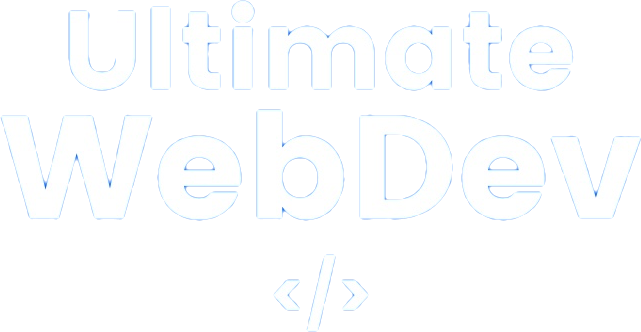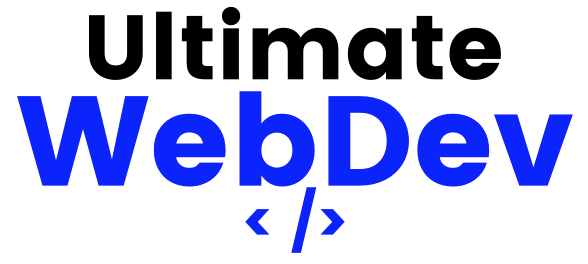WordPress Basics
WordPress is a popular and versatile content management system (CMS) that enables users to create and manage websites and blogs without extensive coding knowledge. It is open-source software, which means it’s free to use and has a vibrant global community of developers and users contributing to its growth.
Key Features of WordPress
WordPress offers a range of features that make it a powerful choice for website creation:
User-Friendly Interface: WordPress provides an intuitive and user-friendly interface, making it accessible to individuals with various levels of technical expertise.
Themes: You can choose from thousands of free and premium themes to change the look and feel of your website. Themes help in creating a unique design for your site.
Plugins: WordPress has a vast library of plugins that extend its functionality. Whether you need SEO optimization, e-commerce capabilities, or social media integration, there’s likely a plugin for it.
Customization: You can customize your website’s appearance, layout, and functionality to meet your specific needs. This allows for a high degree of flexibility.
Blogging: WordPress originated as a blogging platform, and it still excels in this regard. You can easily publish and manage blog posts.
SEO-Friendly: WordPress is inherently SEO-friendly, but plugins like Yoast SEO can further enhance your site’s search engine optimization.
Media Management: Uploading and managing images, videos, and other media is simple in WordPress.
User Management: You can create multiple user roles with varying levels of access and control over your site’s content and settings.
Installing WordPress
Setting up WordPress is relatively straightforward:
Choose a Hosting Provider: Select a web hosting provider that meets your needs and budget. Popular options include Bluehost, SiteGround, and WP Engine.
Domain Name: Register a domain name (if you don’t already have one) and link it to your hosting account.
Install WordPress: Most hosting providers offer one-click WordPress installations. Follow the provided instructions to set up your WordPress site.
Accessing the Dashboard: Once installed, you can access your site’s dashboard by adding “/wp-admin” to your domain (e.g., www.yourwebsite.com/wp-admin). Log in with the credentials you set during installation.
Navigating the WordPress Dashboard
The WordPress dashboard is your control center for managing your website. Here’s an overview of its key components:
Admin Bar: This bar at the top provides quick access to essential functions, including adding new content, editing your profile, and accessing the front end of your site.
Sidebar: The sidebar on the left contains various menus, including Posts, Pages, Media, and Appearance. You’ll use these menus to create, edit, and manage different aspects of your site.
Toolbar: The toolbar on the top gives you quick access to common actions while you’re viewing your site’s front end.
Quick Draft: A handy feature on the dashboard that allows you to quickly jot down blog post ideas or drafts.
At a Glance: This section provides an overview of your site’s current status, including the number of published posts, pages, and comments.
Recent Activity: It shows the recent activity on your site, such as comments, plugin updates, and publishing activities.
WordPress News: WordPress often shares the latest news and updates directly in your dashboard.
Welcome Box: This box offers helpful links and tips for new WordPress users.
Creating Content
WordPress makes content creation easy:
Posts: You can create and manage blog posts through the “Posts” menu. Write, format, and publish your articles, and organize them using categories and tags.
Pages: For static content like About, Contact, or Services pages, use the “Pages” menu. Pages are often used for content that doesn’t change frequently.
Media: Upload and manage images, videos, and documents in the “Media” library. You can insert these media items into your posts and pages.
Categories and Tags: Organize your content by assigning categories and tags. This helps with navigation and SEO.
Themes and Appearance
WordPress themes allow you to customize your site’s look and layout:
Choosing a Theme: Go to the “Appearance” menu and click “Themes” to browse and select a theme. You can choose from free themes in the WordPress repository or purchase premium themes from various providers.
Customization: Many themes come with customization options that allow you to tweak colors, fonts, layouts, and more to match your brand or vision.
Child Themes: For advanced customization, it’s advisable to use child themes to avoid losing changes when the parent theme updates.
Plugins
Plugins extend WordPress’s functionality:
Installing Plugins: Go to the “Plugins” menu and click “Add New” to search for and install plugins. You can also upload plugins manually if you’ve downloaded them from external sources.
Popular Plugins: Some essential plugins include Yoast SEO for SEO optimization, WooCommerce for e-commerce, Akismet for spam protection, and Contact Form 7 for creating forms.
Managing Plugins: Activate, deactivate, or delete plugins as needed. Be cautious about installing too many, as it can impact your site’s performance.
Managing Users and Security
WordPress allows you to manage users and enhance security:
User Roles: Assign user roles like Administrator, Editor, Author, Contributor, and Subscriber, each with different levels of access and capabilities.
Security Plugins: Install security plugins to protect your site from threats like malware, hacking attempts, and spam.
Regular Updates: Keep your WordPress core, themes, and plugins up to date to maintain security and performance.
Publishing and SEO
Creating quality content is essential, and so is optimizing it for search engines:
Publishing Schedule: Consistency matters in blogging. Establish a publishing schedule to keep your audience engaged.
SEO Optimization: Use SEO plugins like Yoast SEO to optimize your content for search engines. This includes optimizing titles, meta descriptions, and using relevant keywords.
Social Media Integration: Share your content on social media platforms to increase its reach and engagement.
Analytics and Monitoring
Track your website’s performance and make data-driven decisions:
Google Analytics: Integrate Google Analytics to monitor traffic, user behaviour, and other valuable insights.
Performance Optimization: Use plugins and tools to speed up your website and improve its performance.
Backups and Security
Regularly backup your website and implement security measures:
Backup Solutions: Use plugins or hosting provider features to schedule regular backups of your site.
Security Measures: Implement security best practices, such as strong passwords, two-factor authentication, and security plugins.
Community and Support
The WordPress community is vast and supportive:
Forums: WordPress.org has active forums where users can ask questions and find solutions to common problems.
WordCamps and Meetups: Attend local WordCamps and meetups to connect with other WordPress enthusiasts and experts.
Online Resources: There are numerous blogs, websites, and YouTube channels dedicated to WordPress tutorials and tips.
WordPress is a powerful and user-friendly platform for creating and managing websites. Its flexibility, extensive theme and plugin ecosystem, and supportive community make it an excellent choice for beginners and experienced webmasters alike. By mastering the basics of WordPress, you can unlock the full potential of this versatile CMS and create a website that suits your needs and goals.

